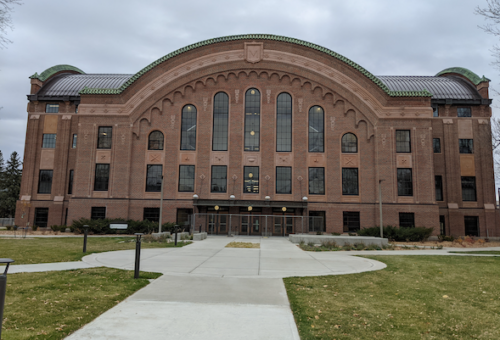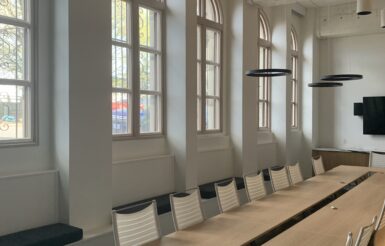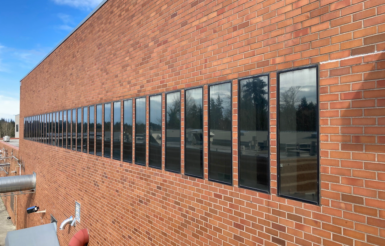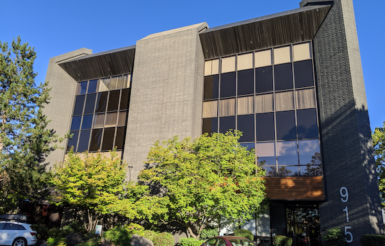Project Overview
Built in 1922, Romney Hall was the original athletics facility on the Montana State University (MSU) campus in Bozeman, Mont. The 66,000 sq. ft. building began extensive renovations in 2019 to transform a maze of existing spaces into 17 classrooms (with over 1,000 total seats) that now serves the entire student body. The space now also offers dedicated spaces for the Writing Center, Math Center, Veterans Center and the Office of Disability Services.
MSU decided to take the renovations as a valuable opportunity to significantly increase whole-building energy performance in pursuit of LEED certification while also committing to maintaining the aesthetically pleasing and historically important appearance of the building’s façade. They found their solution with commercial secondary windows, also known as Low-E storm windows, insulating panels, or secondary glazing systems. These products easily and more cost-effectively attach to existing windows to increase energy efficiency and occupant comfort in a variety of ways, including by reducing thermal transfer, outside noise, drafts and glare.
Easy installation, plentiful benefits
The secondary window installation was finished in just over a week, with each of the 42 windows requiring about 40 minutes to complete. Installing secondary windows is so simple that the only training typically needed is an example installation. And since the products completely retain the original exterior aesthetic, the secondary windows were virtually unnoticeable to building occupants and passersby.
A series of post-installation tests proved the efficacy of the secondary windows across a range of performance metrics. Even as outside temperatures dropped below a frigid 10 °F, secondary window glass surface temperatures were 11 °F warmer than a room with only single-pane windows, a significant improvement for occupant comfort. The secondary windows further improve occupant wellbeing by reducing outside noise transmission from 63.4 decibels to 57.5 decibels (5.9 dB), similar to going from moderate traffic noise to the sound of rainfall.
Results
-
Quick installation
Average 40 minutes per window, including several large and custom-sized applications.
-
Reduced noise
Approximately 5.9 decibel reduction in outside noise.
-
Decreased air leakage
11% decrease in air leakage, resulting in more comfortable classrooms even in frigid weather.
-
Improved thermal comfort
-
Seamlessly blended with existing building aesthetic



